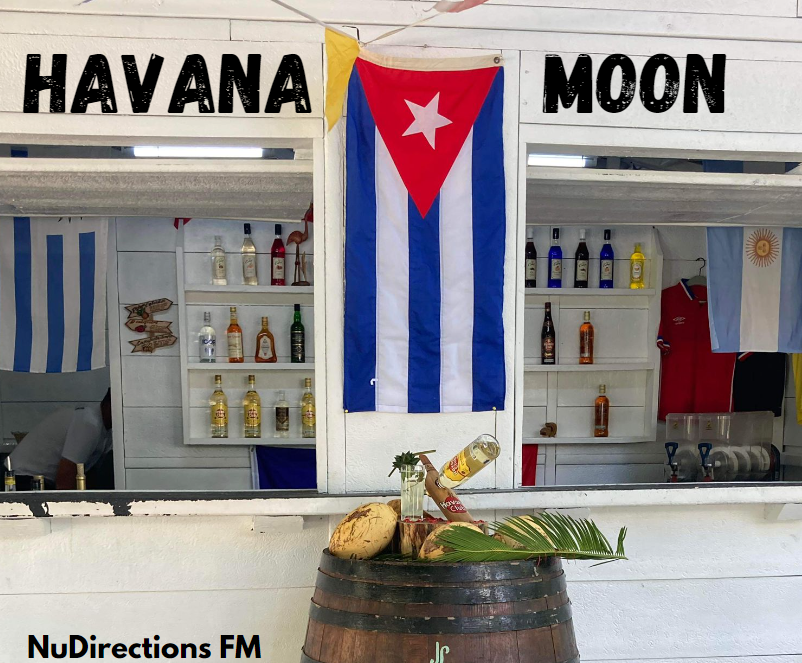Havana Moon - Cuban Music

Son and nueva trova remain the most popular forms of modern Cuban music, and virtually all Cuban artists play music derived from one of these two genres, even though there are five basic genres of Afro-Cuban music; these include rumba, son, cancion Cubana, danzon, and punto guarjira. This section discusses the origin of the three most common genres rumba, son, and danzon and the importance they have had in the making of Afro-Cuban culture in Cuba.
Rumba, son, and danzón are the three most popular and influential genres of Afro-Cuban music. They all originated in the 19th century and have played an important role in the development of Cuban culture.
Rumba is a complex and expressive dance and music form that originated among the African slaves in Cuba. It is characterized by its sensual movements, its use of percussion instruments, and its improvised lyrics. Rumba is often divided into three main styles: guaguancó, yambú, and columbia. Guaguancó is a flirtatious couple dance, yambú is a slower and more romantic couple dance, and columbia is an acrobatic solo male dance.
Son is a genre of Cuban music that combines African and Spanish influences. It is characterized by its catchy melodies, its use of simple guitars and percussion instruments, and its lively rhythms. Son was originally played by rural musicians, but it quickly became popular in both urban and rural areas. Son is considered the precursor of many other popular Cuban music genres, including salsa and mambo.
Danzón is a more elegant and formal genre of Cuban music than rumba or son. It originated in the mid-19th century, and it was initially popular among the upper classes. Danzón is characterized by its complex rhythms, its use of brass instruments, and its elaborate dance choreography. Danzón is considered to be the national dance of Cuba.
All three of these genres have had a significant impact on Afro-Cuban culture. They have helped to preserve and celebrate African traditions in Cuba, and they have also helped to create a new and unique Cuban culture. Rumba, son, and danzón are still popular in Cuba today, and they continue to be performed and enjoyed by people all over the world.
The importance of rumba, son, and danzón in the making of Afro-Cuban culture Rumba, son, and danzón are important to Afro-Cuban culture because they are all rooted in African traditions. They also reflect the unique experiences of the African diaspora in Cuba. These genres of music have helped to preserve and celebrate African culture in Cuba, and they have also helped to create a new and unique Cuban culture.
Rumba, son, and danzón have also played an important role in the social and political development of Cuba. For example, rumba was often used as a form of resistance by African slaves. Son and danzón were also used to promote Cuban nationalism and independence.
Today, rumba, son, and danzón are still important to Afro-Cuban culture. They are performed and enjoyed by people all over the world, and they continue to be a source of pride and inspiration for Cubans.